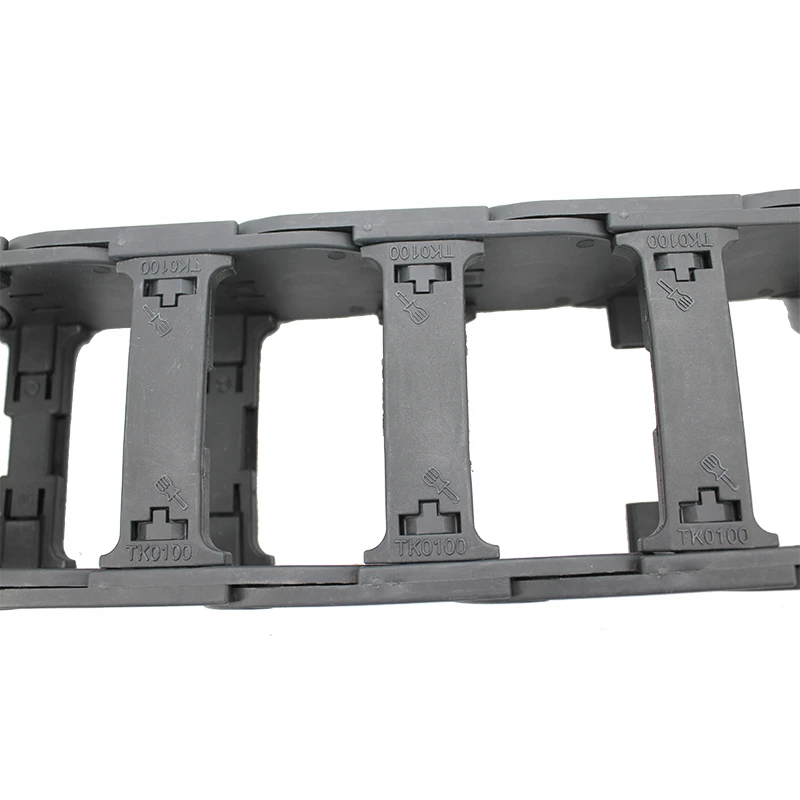Adaptable Drag Chain Solutions for Enhanced Flexibility and Efficiency
The Importance of Flexible Drag Chains in Modern Industry
In today's fast-paced industrial landscape, the efficiency and reliability of machinery play a crucial role in maintaining productivity. One of the essential components that contribute to this is the flexible drag chain. Often taken for granted, these seemingly simple devices are fundamental in various applications, from heavy manufacturing to robotics.
A flexible drag chain, also known as a cable carrier or energy chain, is designed to manage and protect cables and hoses in motion. Unlike traditional fixed cable routing solutions, flexible drag chains allow for unrestricted movement while preventing wear and tear on cables. This capability is vital in environments where equipment operates with significant rotation, bending, or linear motion.
One of the most significant advantages of flexible drag chains is their ability to enhance the lifespan of cables and hoses. In many industrial applications, cables are subjected to repetitive stress due to constant movement. This can lead to insulation damage, cable breakage, or even catastrophic failure. By enclosing cables and hoses in a flexible drag chain, industries can mitigate these risks, ensuring a longer service life and reducing downtime caused by maintenance or replacement.
Manufacturers benefit from the customizable nature of flexible drag chains. These systems can be tailored to accommodate various cable types, sizes, and configurations, making them versatile solutions for numerous applications. Whether in robotics, CNC machines, or conveyor systems, a flexible drag chain can be designed to fit the specific needs of the equipment and workspace. This flexibility not only results in improved operational efficiency but also optimizes space utilization in often crowded industrial settings.
flexible drag chain

In addition to their protective qualities, flexible drag chains contribute to improved safety in the workplace. Cables left unmanaged can pose tripping hazards, lead to equipment malfunctions, or even cause electrical shorts. By using drag chains to organize and secure cables, companies can create a safer working environment for employees. This proactive approach to safety can reduce the risk of accidents, ultimately promoting a culture of safety within the organization.
Another aspect to consider is the ease of installation and maintenance that flexible drag chains provide. Traditional cable management systems can be cumbersome and time-consuming to install. In contrast, drag chains are designed for quick assembly and disassembly. This feature allows for easier adjustments and modifications, accommodating changes in production lines or equipment layouts without significant downtime.
The growing trend toward automation and Industry 4.0 further underlines the importance of flexible drag chains. As industries increasingly rely on automated systems for production, the demand for effective cable management solutions becomes critical. Flexible drag chains not only support these advanced technologies but also enhance the functionality of automated systems by ensuring that all energy transmission components function smoothly and efficiently.
In conclusion, flexible drag chains are indispensable components of modern industrial operations. Their ability to protect and manage cables and hoses, coupled with their customizable nature, improves both the lifespan of equipment and the safety of the workplace. As industries continue to evolve with advancements in technology, the significance of flexible drag chains will only grow, establishing them as a fundamental aspect of efficient and reliable manufacturing processes. Embracing these innovative solutions is essential for companies looking to enhance productivity and maintain a competitive edge in their respective markets.








